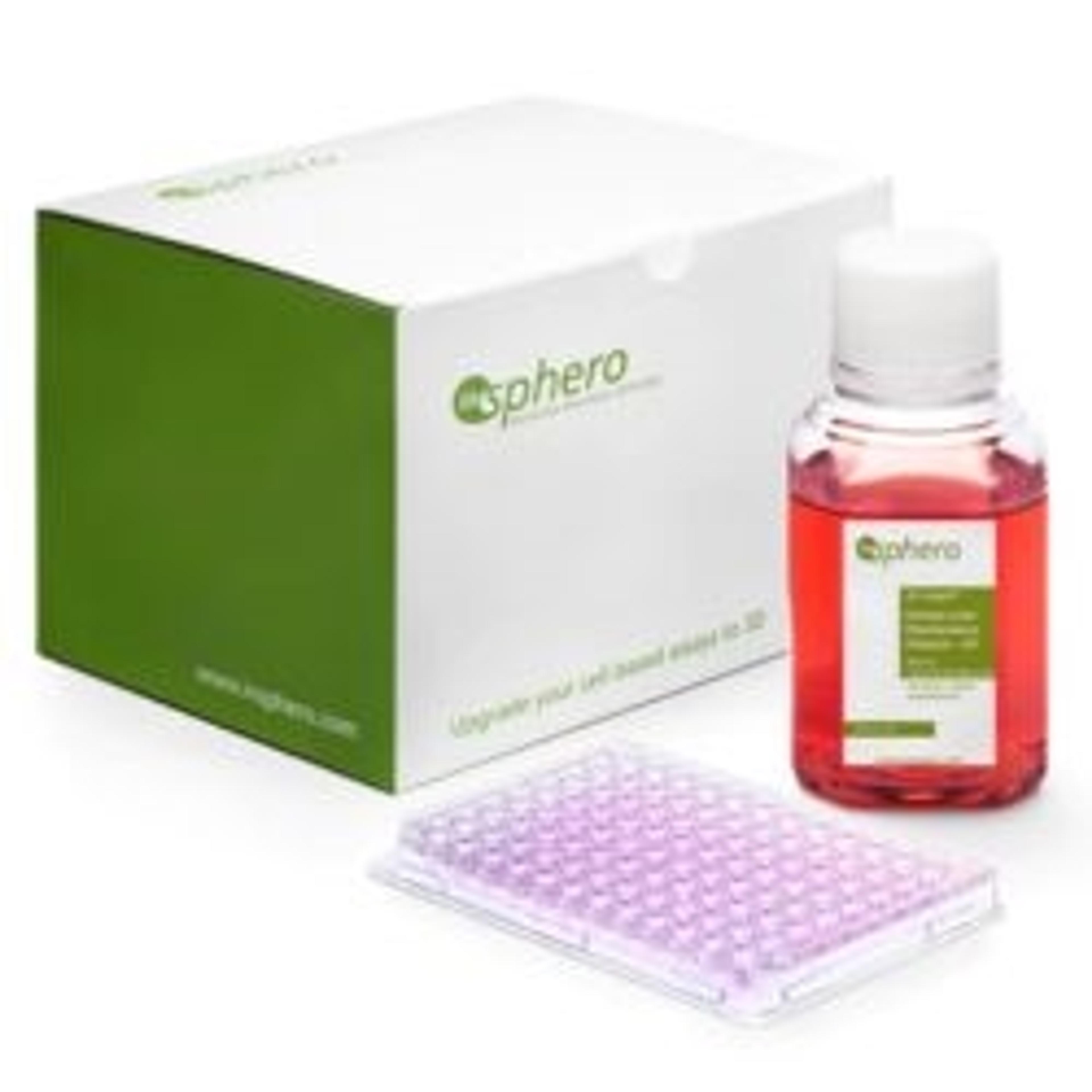InSphero Launches Multi-Donor Human Liver Microtissues for Prediction of Drug-Induced Liver Injury
3D human liver microtissues comprised of pooled hepatocytes from multiple donors offers more genetically diverse model for DILI detection and prediction
16 Mar 2016InSphero AG, the leading supplier of easy-to-use solutions for production, culture, and assessment of organotypic 3D cell culture models, has announced the launch of 3D InSight™ Multi-donor Human Liver Microtissues, further expanding the company’s catalog of organotypic 3D models produced using their patented hanging-drop production technology.
The newest liver model is being introduced at the Society of Toxicology’s 55th Annual Meeting and ToxExpo being held in New Orleans, Louisiana.
Failure of drugs during late phases of the drug discovery process costs the pharmaceutical industry billions of dollars each year, and drug-induced liver injury (DILI) is the primary reason for post-market drug withdrawal. InSphero 3D InSight™ Human Liver Microtissues provide a more sensitive preclinical in vitro model for DILI detection and prediction, with the specificity to accurately distinguish between known hepatotoxicants and structurally-related non-toxic analogs. The new multi-donor microtissues offer the same structural and functional robustness of single-donor microtissues, but provide a more diverse genetic background to help mitigate bias in models resulting from naturally occurring variations in drug-metabolizing Cytochrome P450 enzymes.
Dr. Jens Kelm, InSphero Chief Scientific Officer and co-founder says, “By pooling hepatocytes from 5 male and 5 female donors, multi-donor microtissues more closely approximate the average human response, and extend donor lot availability to ensure a long-term supply of cells for microtissue production. This makes them an ideal tool for in vitro DILI detection and prediction, compound toxicity screening, mechanistic toxicology, and DMPK studies.”
Multi-donor microtissues are available as hepatocyte-only monocultures, or as co-cultures with Kupffer cells, enabling detection of immune-mediated toxicity.

